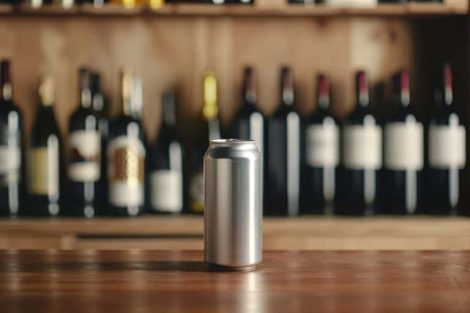The exploration of Sicily
When Salvatore Di Gaetano founded Firriato, he had very clear guidelines within which to develop his project: "Firriato was born in the late Seventies, the first harvest dates back to 1978, in a historical period in which agriculture and Sicilian oenology were oriented towards high production to create blended wines," says Federico Lombardo di Monte Iato, COO of the company. "My father-in-law Salvatore was a pioneer because from the beginning of his adventure he aimed, going against the tide, to produce high quality wines." Exploring the potential of the "Sicilian continent" became the main mission, "ours is one of the few regions in the world where so many variables exist; six different orders of soil (there are 12 in total), a huge varietal variety, not to mention the pedoclimatic variety: ranging from viticulture practised on the seashore all the way to the high mountain production that is carried out on Mt Etna. And I also want to mention the great social, cultural and anthropological differences that intersect on our island, a legacy of the many dominations that have followed one another and overlapped over the centuries." The first acquisitions took place in the Trapani countryside; over the years came Cavanera on Mt Etna (north-east side) and Calamoni, on the suggestive island of Favignana: today there are about 470 hectares of vineyards, a pedoclimatic and varietal mosaic that best represents the diversity of the many territories of the island.
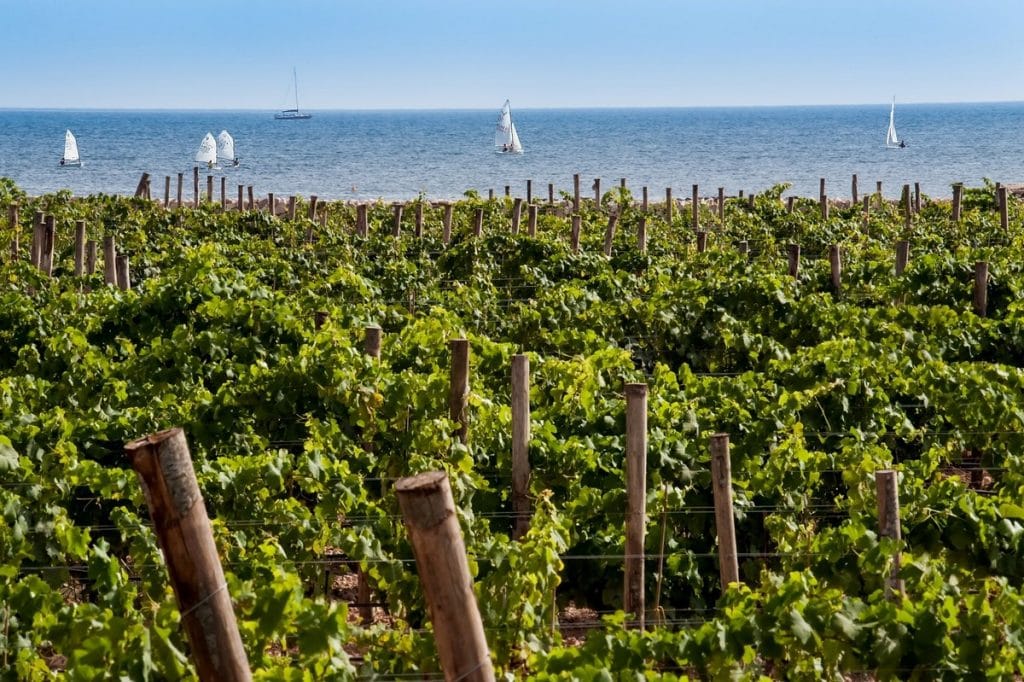
Sustainability as a business model
The winery immediately decided to work in the strictest respect for the environment and the territory: substantial organic farming from the onset, in 2007 it adhered and the certification process began. At the end of the period - 2010 - the formal certification of organic farming arrived for all the agricultural holdings. It was a goal, but for Firriato this represents only a start: Federico put his solid scientific training into play, to improve the wines, processes were improved and work was done to preserve the natural traits of the habitat. This painstaking work over the years has led to numerous certifications, "The concept of sustainability," explains Federico, "today is perhaps a little abused in the world of wine. We on the other hand have based all our work on it; in the world we are one of the wineries that can boast multiple certifications relating to sustainability, all very concrete things. We were among the first to obtain ISO 14064 certification in the field of reduction and containment of greenhouse gases, and since March 2017 we have become Carbon Neutral for the entire production process, the first zero impact Italian winery." And he continues, "We are not so interested in having been the first, or among the first, to have worked on these issues. However, what must be specified is that we were certainly the first to address these aspects from a managerial point of view. Very often, when one thinks of sustainability in the world of wine, one thinks that this is done in the vineyard. Granted, the vineyard is fundamental, but it is only a starting point. And so we asked ourselves, "In order to make wine in a sustainable way, what are the resources that contribute to obtaining the result?" We identified and classified them and for each of these, we have referred to an international standard: biodiversity, vineyard, air quality, materials, transport and so on. We have been doing this for years, and now any activity we implement in the winery is carried out following parameters that lead us to always be sustainable; it is an approach linked to the process and not to the product."
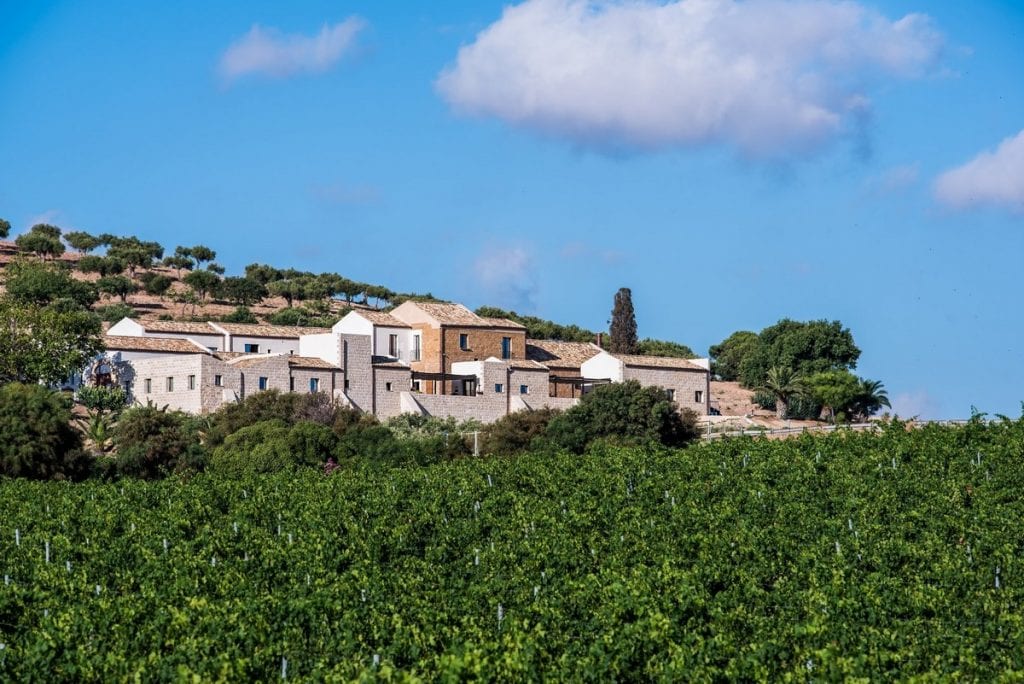
The Etna universe and the Tre Bicchieri bestowed to Etna Bianco Cavanera Ripa di Scorciavacca '21
In the Vini d'Italia 2023 Guide, the company obtained the Tre Bicchieri recognition with their Etna Bianco Cavanera Ripa di Scorciavacca '21. It has refined tones of Etna hazelnut, hawthorn, medicinal herbs, enlivened by a marked minerality tending towards smoky; in the mouth the stylistic code speaks of an excellent texture, of absolute elegance and depth, of great drinkability. In spite of what many think, Firriato is one of the first Sicilian brands to land on the slopes of the volcano: "Our first vintage of Etna Rosso dates back to 1994. Few know it because at the time we tended to market the Nero d'Avola more. We decided to go to Etna to confront ourselves with mountain viticulture. Over time we have always acquired new vineyards, and harvest after harvest, we identified a parcel, with alberello vines that are over 70 years old: this is where our Cavanera Ripa di Scorciavacca is born." The vineyard that grows on the volcano today has 78 productive hectares (another dozen will enter production shortly), divided into 12 different contrade districts, all located on the northern slope. "No one knows Etna well yet. We have done a great job here which we have applied both into the production of still wines and into the production of sparkling wines. We are the first producers of sparkling wines on Etna: we have five labels that explore various dosages and various grape varieties. At the next Vinitaly we will present a Riserva of over 80 months on the lees."
By Gerardo Antelmo

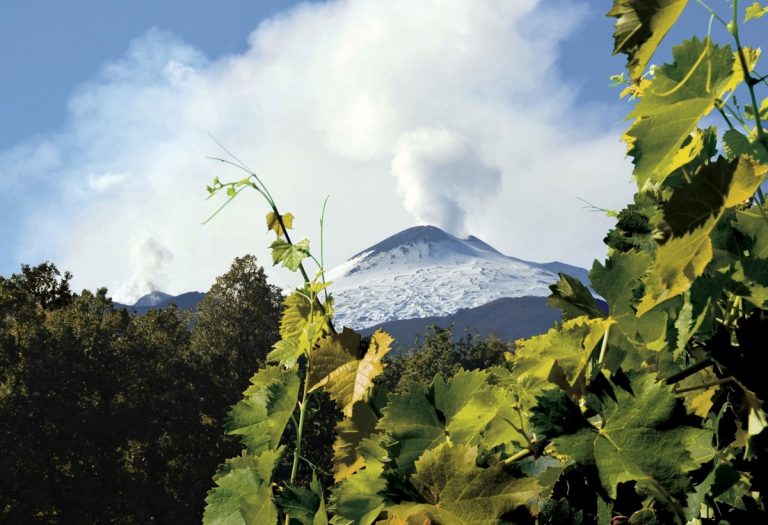
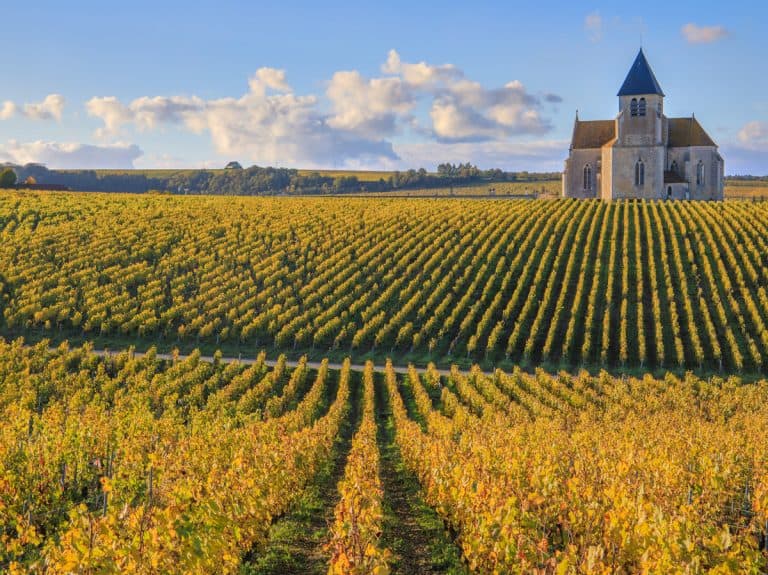 Burgundy’s resilience: growth in fine French wines despite a challenging vintage
Burgundy’s resilience: growth in fine French wines despite a challenging vintage Wine promotion, vineyard uprooting, and support for dealcoholised wines: the European Commission's historic compromise on viticulture
Wine promotion, vineyard uprooting, and support for dealcoholised wines: the European Commission's historic compromise on viticulture A small Sicilian farmer with 40 cows wins silver at the World Cheese Awards
A small Sicilian farmer with 40 cows wins silver at the World Cheese Awards Women are the best sommeliers. Here are the scientific studies
Women are the best sommeliers. Here are the scientific studies Where to eat at a farm stay in Sicily: the best addresses in the Provinces of Trapani, Palermo, and Agrigento
Where to eat at a farm stay in Sicily: the best addresses in the Provinces of Trapani, Palermo, and Agrigento